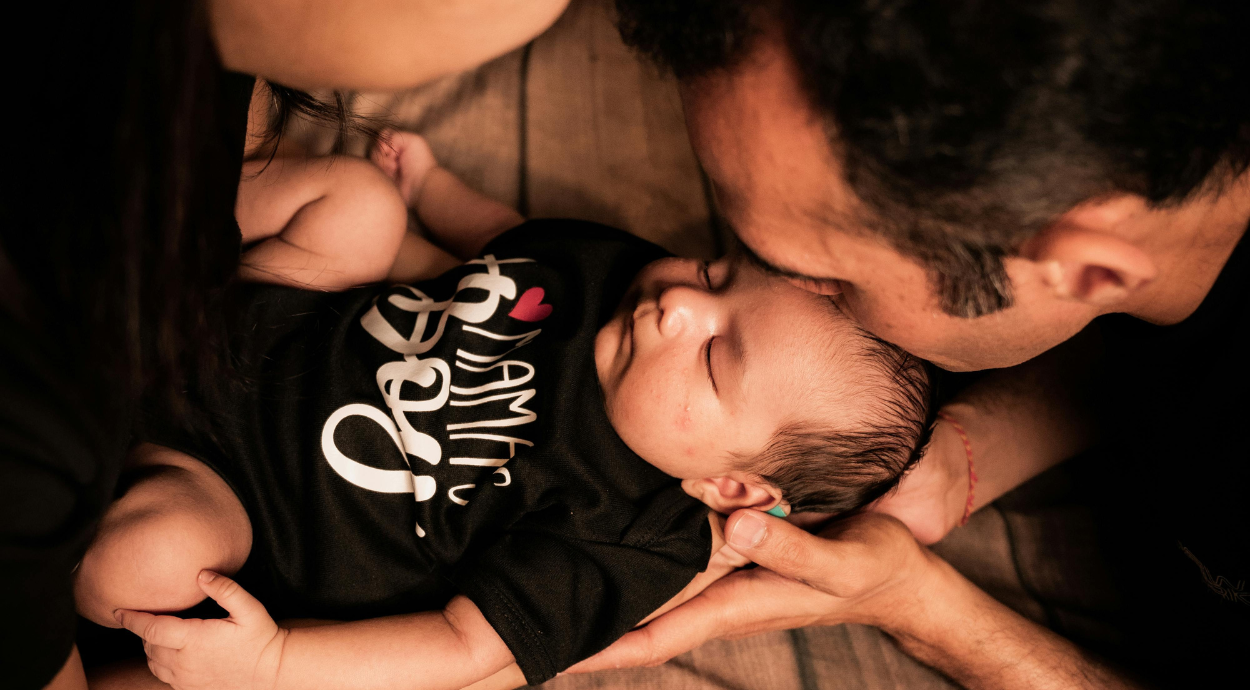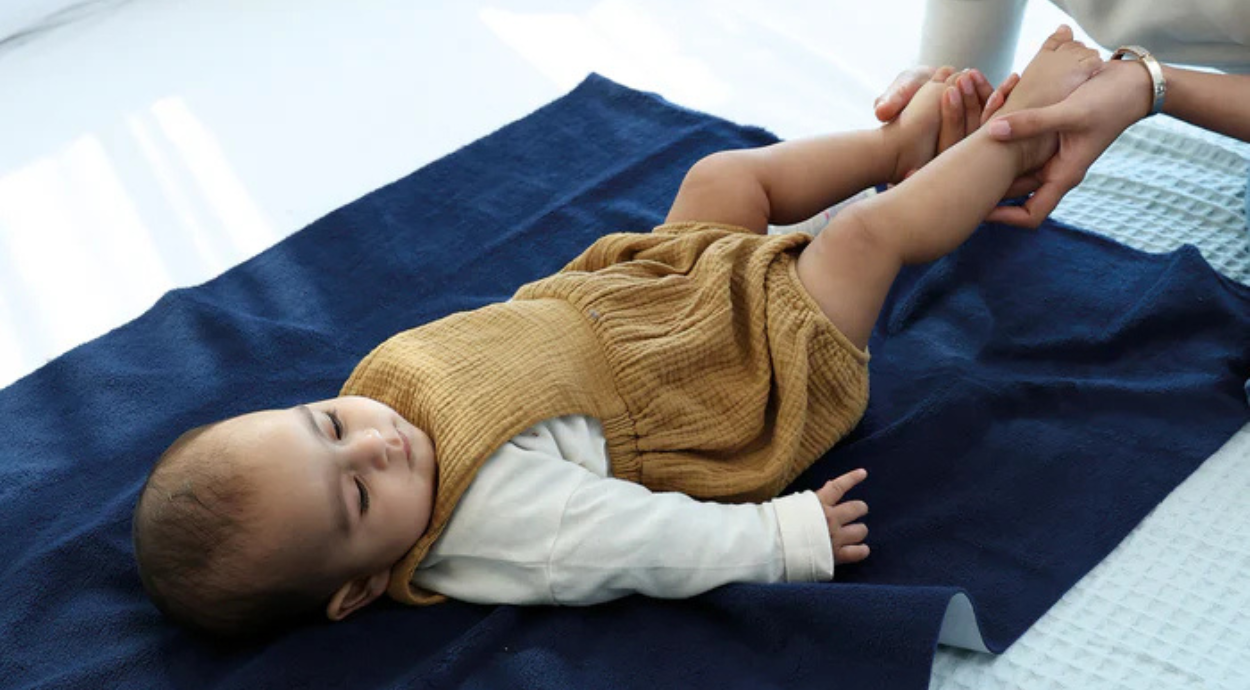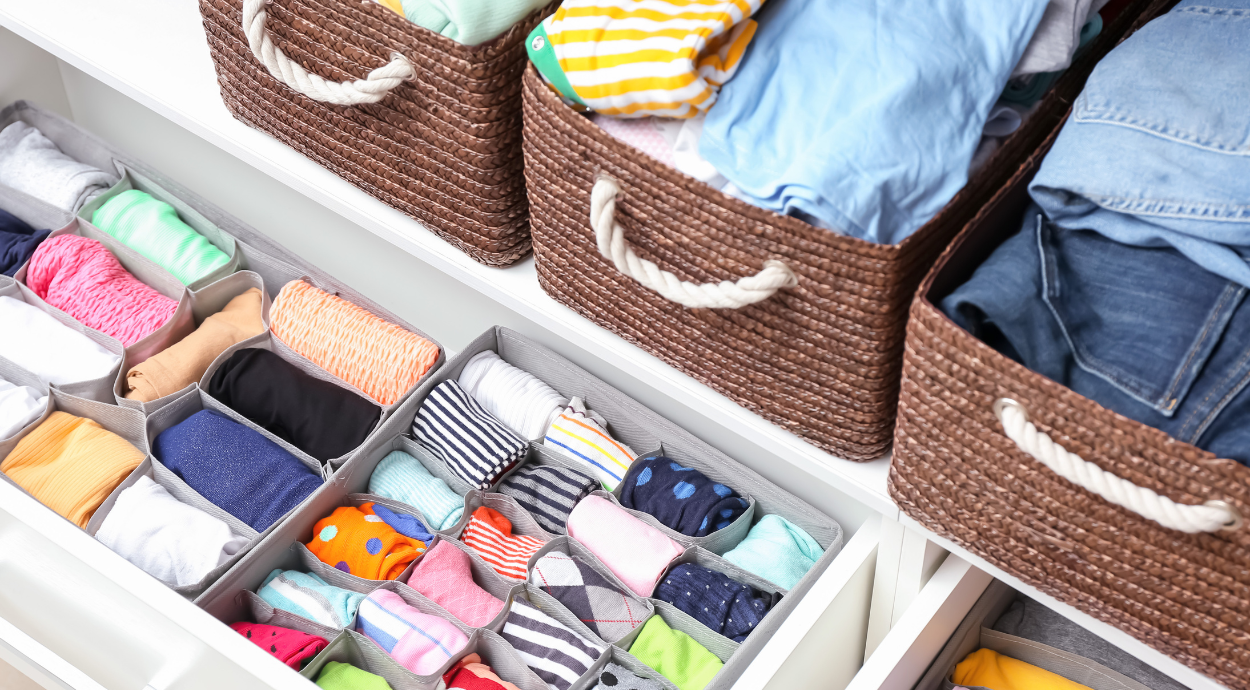As a parent, understanding your baby’s sleep cues can be a game-changer. Babies can’t verbalize when they’re tired, but they give plenty of signals to let you know it’s time to rest. Missing these cues often leads to an overtired, fussy baby, making sleep even harder.
Here’s a guide that will help you recognize and respond to your baby’s sleep signals, ensuring peaceful naps and restful nights.
Common Baby Sleep Cues and What They Mean
1. Yawning and Eye Rubbing
The most obvious sign! If your baby starts yawning or rubbing their eyes, it’s time to wind down.
2. Looking Away or Losing Interest
If your baby suddenly stops engaging with you or turns their head away from toys and people, it’s a sign they need rest.
3. Fussiness and Whining
Mild fussing or whining can be an early sleep cue. Don’t wait for full-blown crying—soothe your baby to sleep before they become overtired.
4. Red or Puffy Eyes
Tired babies often develop red or puffy eyes. If you notice this, it’s time to prepare for sleep.
5. Clenched Fists or Jerky Movements
Newborns, in particular, may clench their fists or have sudden jerky movements when they’re getting tired.
6. Decreased Activity Levels
A usually active baby becoming still and quiet? That’s a subtle but important sleep cue.
7. Sucking on Fingers or Pacifier More Than Usual
If your baby starts sucking on their fingers excessively, it may be a self-soothing mechanism signaling sleep readiness.
How to Respond to Sleep Cues
Creating a Calm Sleep Environment – Dim the lights, reduce noise, and keep distractions minimal.
Following a Gentle Bedtime Routine – Swaddle, rock, or gently massage your baby to signal that it’s time to sleep.
Using Comfortable & Absorbent Bedding – Ensure your baby sleeps on soft, breathable bedding to keep them dry and comfortable throughout the night.
Our Baby Bedding Range ensures softness and comfort for babies during sleep.
-
Sticking to a Consistent Schedule – Babies thrive on routine. Put them to sleep at the same time daily to regulate their body clock.
- Using a Baby Sleep Sheet for Extra Comfort – A Baby Dry Sheet can help prevent sleep disturbances due to wetness, keeping your little one cozy all night.
Our Dry Sheets ensure breathability and comfort with premium materials, it absorbs up to 8 times its weight in water for uninterrupted sleep.
Conclusion
Understanding and responding to your little one’s sleep cues can make a significant difference in their sleep quality. By catching the signs early, you can create a soothing sleep routine that ensures both you and your little one get the rest you need.
Sweet dreams for your little one! 😊💤





Leave a comment
All comments are moderated before being published.
This site is protected by hCaptcha and the hCaptcha Privacy Policy and Terms of Service apply.